The results of Fraunhofer ISE’s research projects, be it a power plant in Kuwait or a water treatment system in Africa, are often installed at locations far away from Freiburg. The FlexGeber project, however, is being carried out directly on the Fraunhofer ISE campus. In November 2018, tractors started preparing the ground for new heating and cooling pipes right in the middle of the Fraunhofer ISE campus, between the Elsässer Strasse, Berliner Allee and the Heidenhofstrasse. The so-called “ISE-Campus” is one of three case studies in the demonstration project FlexGeber which aims to analyze the flexibility options in the building sector and their interaction with the energy system.
In the FlexGeber project, we aim to demonstrate novel heating and cooling technologies, develop new solutions for integrating renewables and ultimately increase energy efficiency and quality assurance. We investigate how to best couple and efficiently use electricity, heating and cooling energy. For residential or also single buildings, a wide variety of projects and know-how already exists. Therefore, the FlexGeber project focuses on larger properties, considering several buildings in the industry, trade, commerce and service sectors. Due to their electricity and heating demand, these business sectors account for 35 percent of greenhouse gas emissions in Germany. While the share of renewables is steadily increasing in the electricity sector, there has hardly been any movement in the heating and cooling sectors (buildings, industry processes), where the fossil energies such as natural gas and oil predominate. If Germany wants to meet its goal of decreasing greenhouse gas emissions by 80 to 95 percent by 2050, then the industry, trade, commerce and service sectors must become much more energy efficient. First of all, this means that businesses must carry out efficiency measures and establish synergies by coupling in renewables. Also more transparency, intelligent controls and new market and operator models are required. How can the industry and the commerce, trade and service sectors be integrated in the energy economy, when they move from being a consumer to a supplier of electricity and heat? What are the necessary interfaces? What market and operator models are technically, economical and legally meaningful? How can the industry, trade, commerce and service sectors contribute to the growth of renewable energy in Germany?
Case Studies: ISE, Tofu and Co.
In the FlexGeber project, which runs until the end of 2019, we will not only be analyzing the usefulness of increased flexibility for different building types but will also demonstrate the potential for flexibility provision in three case studies. Based on these concrete examples, we determine the investments in the energy management system (EMS), flexible generator capacity and energy storage, which are necessary to significantly increase the flexibility in the buildings. A heating and cooling circuit and another cold storage system will be installed on the ISE campus in order to increase the overall efficiency of the campus energy system and also to increase the flexibility of the energy supply for singular buildings on the campus. The existing cooling technology will be expanded for this purpose. Specifically this applies to buildings A through D, H, W-east and the buildings I, K, L, N, Q and R west of the Heidenhofstrasse.
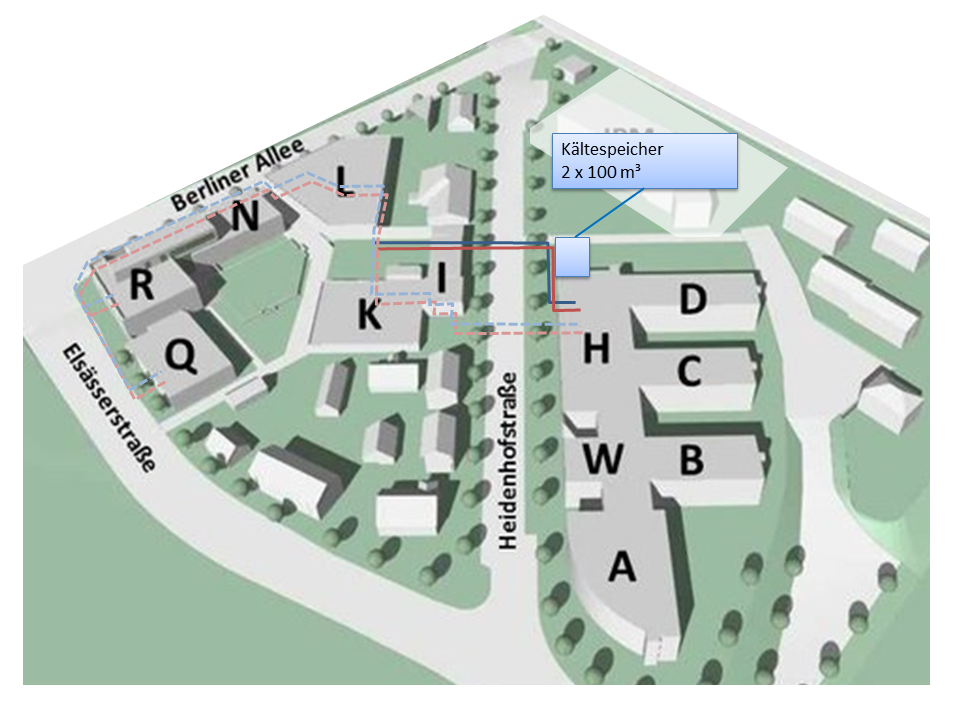
Plans for modifying and expanding the energy system at the ISE campus began at the end of 2017. The installation shall be completed by summer 2019. A large cold water storage (500m³) designed as an integral part of the cooling circuit between the buildings as well as two new low-temperature cold storage tanks (2x100m³) are the main components of the new energy concept. The storage tanks are essential for load shifting on the campus and offer flexibility provision for the electricity grid. The various cooling generators (ca. 1.7 MWth) as well as the free cooling systems (ca. 1.4 MWth) distributed around the campus will be integrated into the existing system, providing a more flexible and efficient operation.
The other two case studies are carried out by the two industry partners: the Freiburg Taifun Tofu GmbH and the Hermann Peter KG. Fraunhofer ISE is responsible for the scientific guidance and controlling in these case studies. Other partners are the Fraunhofer ISE spin-off ENIT Energy IT Systems GmbH, the Wuppertal Institute, the Institute for Climate Protection, Energy and Mobility (IKEM) and the Institut Wohnen und Umwelt GmbH (Institute for Housing and the Environment ) IWU. Together the partners aim to demonstrate how much potential for flexibility provision exists for buildings in the industrial, trade, commerce and services sectors, and how this can be exploited in the most efficient manner. The FlexGeber project is supported by the German Federal Ministry for Economic Affairs and Energy (BMWi).

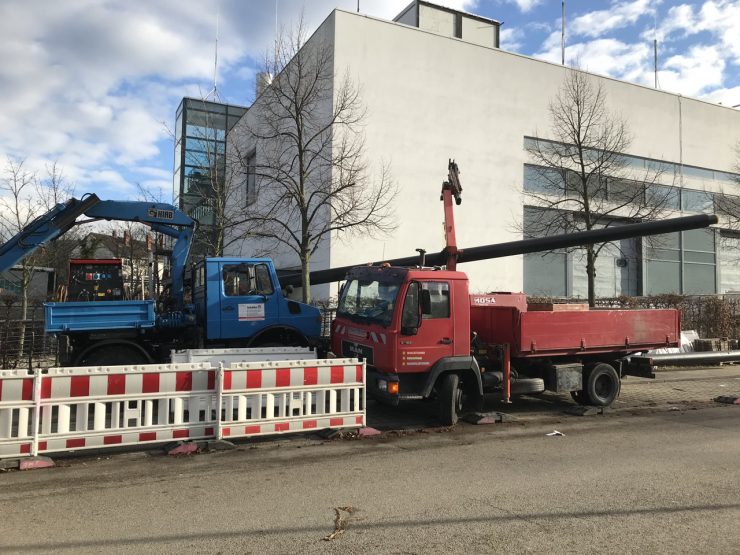
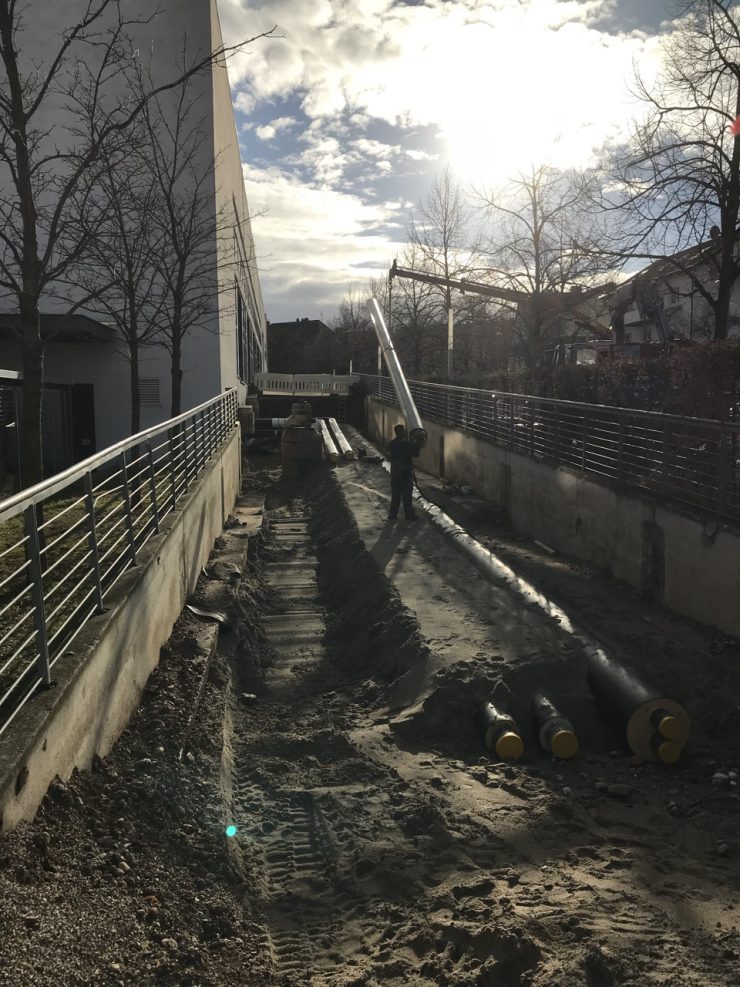
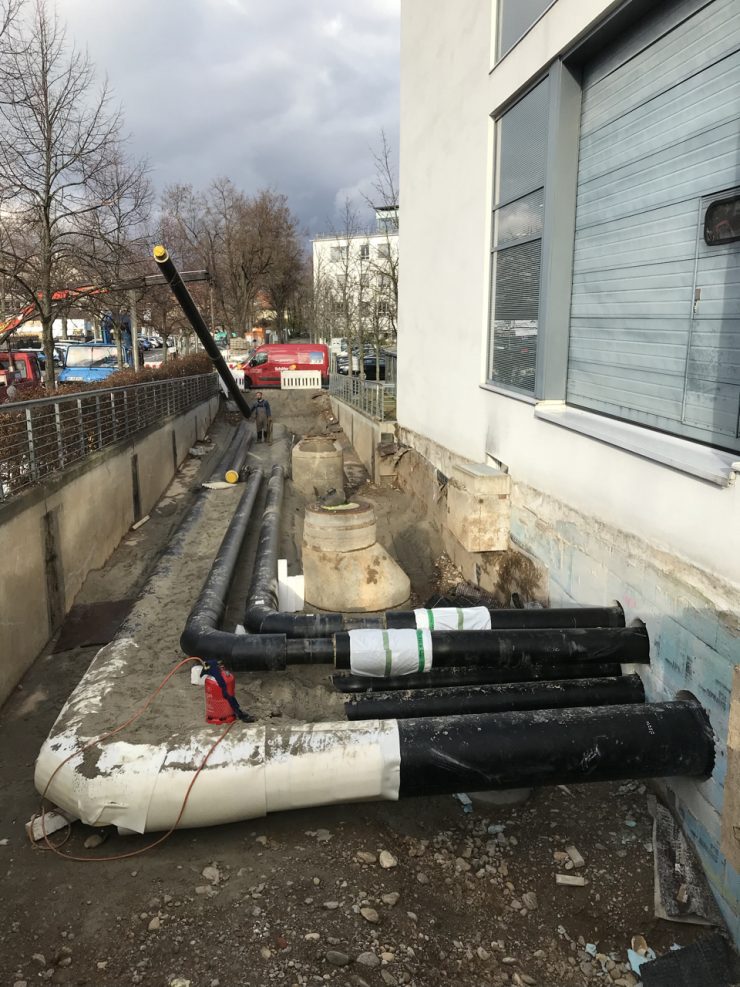

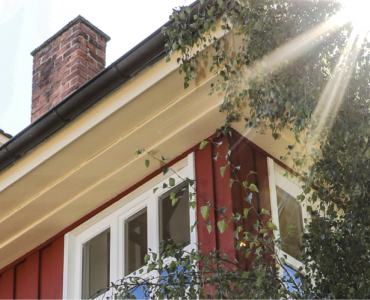

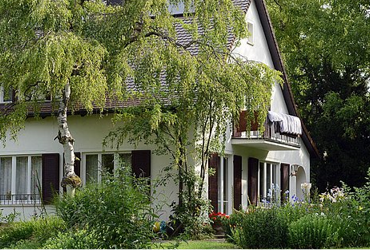
Add comment